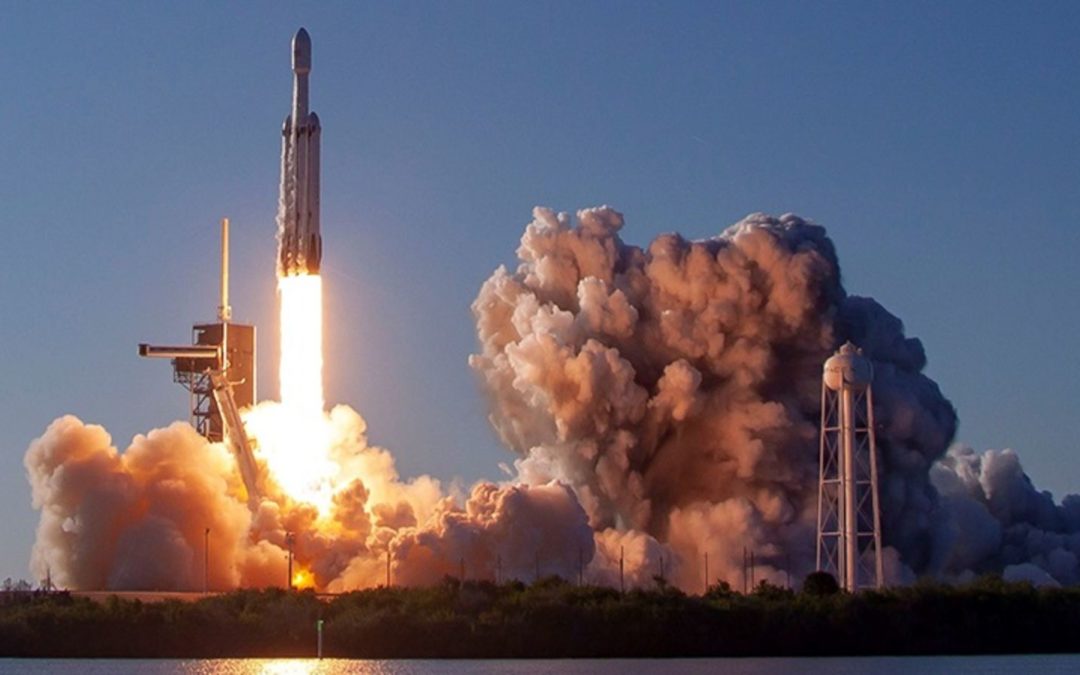Last week did not bring us a single earth-shattering event. But there were so many technical accomplishments that manifested:
- Stratolaunch’s air launch vehicle, the world’s largest airplane, made its maiden flight
- Israel’s Beresheet probe entered lunar orbit–the first commercially developed spacecraft ever to do so–unfortunately failing at a key moment and not achieving a soft landing
- SpaceX’s Falcon Heavy made its first commercial flight, delivering its payload to orbit, recovering all three booster cores, and the fairing sections as wellthe first radio image of a black hole’s event horizon was published to international acclaim
In addition, it was a big week for plans and policies:
- the debate over the proposed Space Force dominated discussions at the 35th Space Symposium
- Amazon announced it planned to enter the space-based communications market with a proposed 3,000-satellite constellation
- discussion of the Trump administration’s goal of humans returning to the Moon was intense
- Beresheet 2 is going to go ahead, showing the courage and determination of the Israeli team
What does all this have to do with space robotics? It shows that we are now in a dynamic time, highly promising for new space accomplishments, which will hopefully bring aboard more investors and more government leaders. There is a lot of value waiting to be unlocked in space (see today’s blog for more on that), and space robotics will be at the center of all of it.


Recent Comments